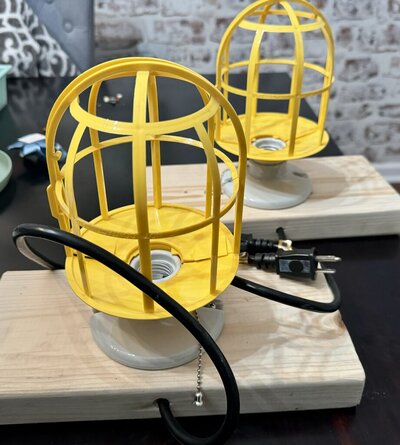ChinMusic
Well-known member
We are new to the RV world and just picked up a Class A diesel (2008 Discovery 40X).
I’m told that heat vents into the tank area but don’t see a way to monitor it.
If we are living in the rig, with heater running, how low do temps have to go to get us in trouble? Any tips as well
Dave
I’m told that heat vents into the tank area but don’t see a way to monitor it.
If we are living in the rig, with heater running, how low do temps have to go to get us in trouble? Any tips as well
Dave

